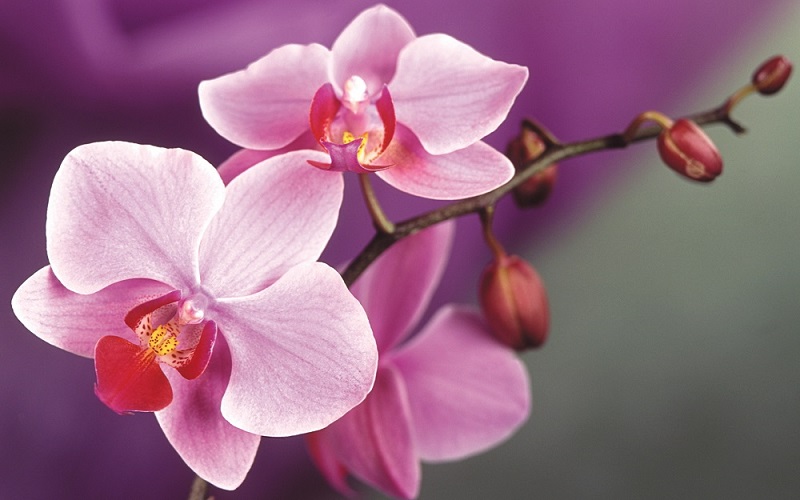Stamp: Martin Johnson Heade, Orchids and Hummingbird (1875-83) (Maldives 2017)
Martin Johnson Heade, Orchids and Hummingbird (1875-83) (Maldives 2017)
21 June (Maldives ) within release Paintings of flowers goes into circulation Stamp Martin Johnson Heade, Orchids and Hummingbird (1875-83) face value 22 Maldivian rufiyaa
| Stamp Martin Johnson Heade, Orchids and Hummingbird (1875-83) in catalogues | |
|---|---|
| Michel: | Mi: MV 7121 |
Stamp is square format.
Issue acknowledged by the Maldive postal authorities, but only distributed by the Maldive philatelic agent for collecting purposes.Also in the issue Paintings of flowers:
- Stamp - Martin Johnson Heade, Orchids and Hummingbird (1875-83) face value 22;
- Souvenir Sheet - Vincent Willem van Gogh, Vase with Viscaria, 1886 face value 70;
- Mini Sheet - Paintings of flowers face value 4*22;
- Stamp - Pierre-Auguste Renoir,Flowers in a Vase, c. 1898 face value 22;
- Stamp - Édouard Manet, Flowers in a Crystal Vase, c. 1882 face value 22;
- Stamp - Vincent van Gogh, Irises” (detail), 1889 face value 22;
Stamp Martin Johnson Heade, Orchids and Hummingbird (1875-83) it reflects the thematic directions:
The Orchidaceae are a diverse and widespread family of flowering plants, with blooms that are often colourful and often fragrant, commonly known as the orchid family. Along with the Asteraceae, they are one of the two largest families of flowering plants. The Orchidaceae have about 28,000 currently accepted species, distributed in about 763 genera. The determination of which family is larger is still under debate, because verified data on the members of such enormous families are continually in flux. Regardless, the number of orchid species nearly equals the number of bony fishes and is more than twice the number of bird species, and about four times the number of mammal species. The family also encompasses about 6–11% of all seed plants. The largest genera are Bulbophyllum (2,000 species), Epidendrum (1,500 species), Dendrobium (1,400 species) and Pleurothallis (1,000 species). The family also includes Vanilla (the genus of the vanilla plant), Orchis (type genus), and many commonly cultivated plants such as Phalaenopsis and Cattleya. Moreover, since the introduction of tropical species into cultivation in the 19th century, horticulturists have produced more than 100,000 hybrids and cultivars.
Painting is the practice of applying paint, pigment, color or other medium to a solid surface (support base). The medium is commonly applied to the base with a brush, but other implements, such as knives, sponges, and airbrushes, can be used. Painting is a mode of creative expression, and the forms are numerous. Drawing, gesture (as in gestural painting), composition, narration (as in narrative art), or abstraction (as in abstract art), among other aesthetic modes, may serve to manifest the expressive and conceptual intention of the practitioner. Paintings can be naturalistic and representational (as in a still life or landscape painting), photographic, abstract, narrative, symbolistic (as in Symbolist art), emotive (as in Expressionism), or political in nature (as in Artivism). A portion of the history of painting in both Eastern and Western art is dominated by spiritual motifs and ideas. Examples of this kind of painting range from artwork depicting mythological figures on pottery, to Biblical scenes rendered on the interior walls and ceiling of the Sistine Chapel, to scenes from the life of Buddha or other images of Eastern religious origin. In art, the term painting describes both the act and the result of the action. The support for paintings includes such surfaces as walls, paper, canvas, wood, glass, lacquer, clay, leaf, copper and concrete, and the painting may incorporate multiple other materials including sand, clay, paper, plaster, gold leaf, as well as objects. The term painting is also used outside of art as a common trade among craftsmen and builders.


